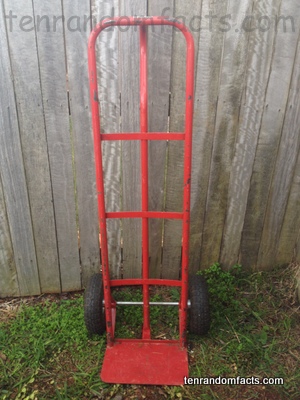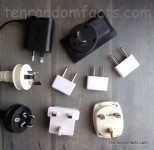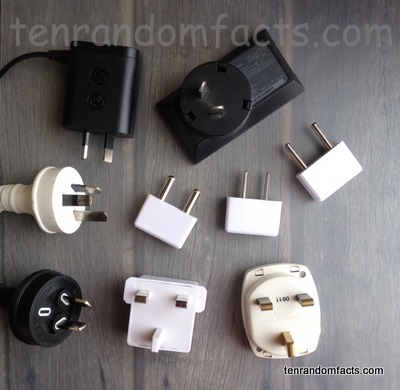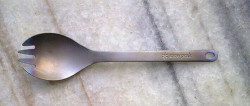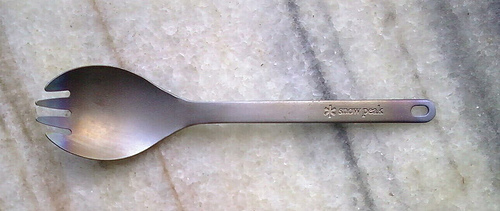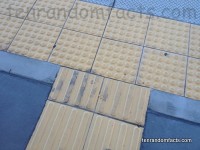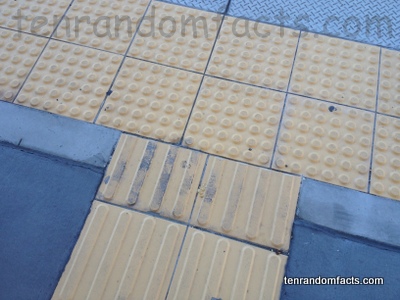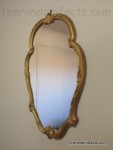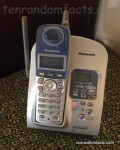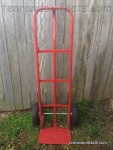
Hand trucks may not be as big as trucks, but they are certainly easier to move.
- Hand trucks are inventions used to allow a single person to lift multiple large objects at once, or items of heavy weight, with a reduced possibility of injury.
- ‘Hand trucks’ are also known as ‘stack trucks’, ‘sack trucks’, ‘two-wheelers’, ‘box carts’, ‘dollies’, ‘trundlers’, ‘bag barrows’, ‘trolleys’ and ‘sack barrows’.
- The materials hand trucks are made from vary widely, though they commonly include some form of heavy duty metal, often tubular in shape, and they can include materials like aluminium, steel or plastic.
- To lift heavy objects, hand trucks uses the principle of levers – and in this case a ‘Class 1’ lever, with the wheels acting as the fulcrum in the middle.
- Objects that are lifted at the most efficiency are generally a maximum height of three times the length of the hand truck’s plate.
- Hand trucks are made up of a plate which is attached perpendicular to a framework that includes a long handle, while the wheels generally sit at the base behind the framework.
- Although hand trucks are generally much taller than their depth and width, some trucks can be flipped so the depth is larger than the height, which usually contributes to better stability in transporting some objects.
- While it is not certain who invented the hand truck, patents exist from the mid to late 1800s for the invention, and it has been suggested that its origins possibly date back as far as ancient times when the concept of levers was already known.
- Hand trucks transport loads using wheels, which vary greatly in size and the tool may be equipped with stair climbers.
- Hand trucks are popularly used in transport stations, to move customer’s belongings; in retail, to move stock; and households, especially during house moving.



